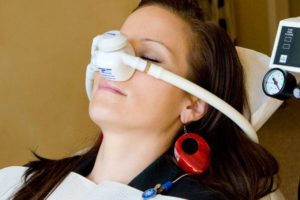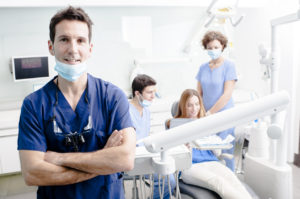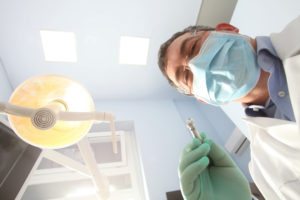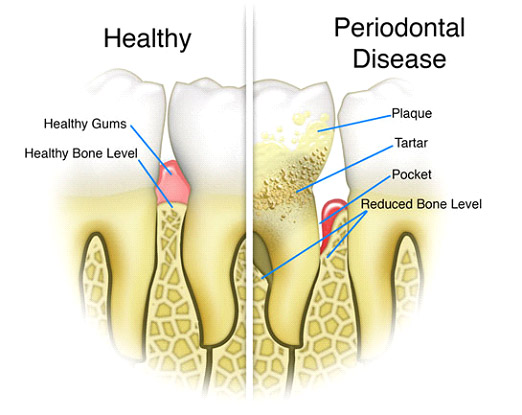 Minimal sedation dentistry is a service designed to help you relax and remain calm while receiving dental care. It can be combined with an analgesic during or after a dental procedure for enhanced pain relief. Minimal sedation dentistry is also available for children and adults who have fear or anxiety about going to the dentist.
Minimal sedation dentistry is a service designed to help you relax and remain calm while receiving dental care. It can be combined with an analgesic during or after a dental procedure for enhanced pain relief. Minimal sedation dentistry is also available for children and adults who have fear or anxiety about going to the dentist.
Inhaled Minimal Sedation
Inhaled minimal sedation is delivered to your body through a face mask connected by tubing to a tank of a gas. The gas is usually nitrous oxide, also known as “laughing gas.” This substance produces a light level of sedation that relaxes you. The dentist can adjust the level of the gas throughout your procedure. Its effects wear off quickly, and you can drive yourself home after this type of sedation.
Oral Minimal Sedation
Oral minimal sedation is administered in pill or tablet form. Two common medications used for oral minimal sedation include Halcion and Valium. These drugs start to work in about 30 to 60 minutes. They produce a calming and relaxing effect to the point that you may take a light nap during your dental procedure. You may feel groggy or drowsy for a few hours after being given oral minimal sedation.
When to Consider Minimal Sedation Dentistry
If you have anxiety about receiving dental care, minimal sedation dentistry may help you to relax enough to get the care that you need. These services can help to calm you so that you are able to sit long enough to have your teeth cleaned, examined and treated. Minimal sedation dentistry might also be helpful if you need a time-consuming dental treatment because you may doze or rest during the procedure.
Minimal sedation dentistry is a possibility. Call Faye Nazari, DDS for this important option.

 Oral surgery involves operating on the soft tissue, jaw or temporomandibular joints. Before you have oral surgery, you will be given some pre-surgical guidelines to follow for your specific operation. After your procedure, it is important to follow the instructions from the dentist in order to have a speedy and a full recovery.
Oral surgery involves operating on the soft tissue, jaw or temporomandibular joints. Before you have oral surgery, you will be given some pre-surgical guidelines to follow for your specific operation. After your procedure, it is important to follow the instructions from the dentist in order to have a speedy and a full recovery.
 Visiting the dentist every six months for checkups can help you discover many dental problems before they become severe. However, there are times when you just cannot wait for your regular checkup. Same-day dentistry services are designed to address urgent dental care situations such as infections and broken teeth.
Visiting the dentist every six months for checkups can help you discover many dental problems before they become severe. However, there are times when you just cannot wait for your regular checkup. Same-day dentistry services are designed to address urgent dental care situations such as infections and broken teeth.





